Patentability Searching 103: To Infinity (Results) and Beyond!
Introduction
The first post on patentability searches taught one how to create a word ladder and choose a search engine. From the second, one learned that a search string is necessary for a robust search and how to use Boolean operators to create the search string. Now, the search is ready to be run. Still, it is important to understand, based on the results, whether the search string brought back results that include many relevant references while limiting the irrelevant ones. Additionally, conducting a second search that covers non-patent literature may https://www.galliumlaw.com/patentability-searching-102-take-a-dip-in-the-bool-ean-operatorsbe helpful, as these references could also be considered prior art by the USPTO.
As a reminder, here are the basic steps for conducting a patentability search. The first article covered Steps 1 and 2, the second article covered Steps 3 and 4, and this article will discuss Steps 5 and 6.
Step 1: Coin the Terms (Patentability Searching 101)
Step 2: Choose the Search Engine (Patentability Searching 101)
Step 3: Using Boolean Operators (Patentability Searching 102)
Step 4: Craft the Search String (Patentability Searching 102)
Step 5: Run the Search (Patentability Searching 103)
Step 6: Find Non-Patent Literature (Patentability Searching 103)
Step 5: Run the Search
The fifth step in a patentability search is running the search. At this point, a searcher has already determined most, if not all, of the relevant words they want to include in their search string, chosen their search engine(s), and created their search string, likely with Boolean operators. Once they run the search string through their search engine(s) of choice, a searcher will determine whether they need to narrow or broaden their search string based on the number of results. The average number of results for a good search will likely be in the range of 100-300 results. This provides an array of patents that is not overly narrow but is still a manageable number to review individually by the searcher. Bringing back the search string and Google Patents results from Step 4, one can see that the search string generated over 39,000 results, likely including many that are not relevant, and needs refining.
(“Turkey” OR “chicken” OR ~”poultry” OR ~”fowl”) AND “fry*” AND “oil”

Once the searcher has results numbering around the average range of 100-300, they will look through them to determine which are relevant to the invention. While there are some strategies to decrease the number of results they need to look through, such as pre-judging whether a reference is relevant based on the title or the figures, this step will likely take hours or even days, especially if the searcher does not have experience. While combing through the references, a searcher will likely record any references they believe may be relevant.
Now is also when a searcher may find terms of art not considered when constructing the initial word ladder. Perhaps, when constructing the original search, only oil-based frying was considered, and the searcher has now realized air frying needs to be considered. These new terms, and any related synonyms, can be added to the word ladder for inclusion in additional searches.
Step 6: Find Non-Patent Literature
Step 6 of conducting a patentability search is running a second search for references that are not patents or patent applications. The same tools that have been previously discussed will be helpful for this search as well.
- Coin the terms: these will likely be the same terms as in the word ladder created in Step 1 and updated while conducting the initial search.
- Choose the search engine: searchers might use Google Scholar (for scholarly articles or papers), a general search engine (such as Google or Bing), and/or Amazon (for products).
- Use Boolean operators to craft the search string: Boolean operators might change depending on the search engine of choice, and a searcher might only search for single words if desired.
- Run the search: A general search engine might catch some important references, but searching with multiple search engines will likely find more.
How Gallium Law Can Help
We know that searching through millions of patent applications, both in the United States and worldwide, can be confusing, especially if you have little experience, and that is why we are here to help. At Gallium Law, our IP professionals regularly handle all types of patent searches and can help you with everything from the first steps of a search to what to do with the information we find. We even have a few tricks to find additional references another searcher might miss. You may be a business or an individual; in either case, you deserve to know what IP is available to you, what you are up against, and to have someone by your side. Contact us today by filling out this online form or contacting us at 651-256-9480 to schedule a Free and Confidential Consultation.
*The information provided in this article is not legal advice and should not be relied on as such. This article is meant for informational purposes only and is intended as a starting point in your search for answers to your legal questions.

